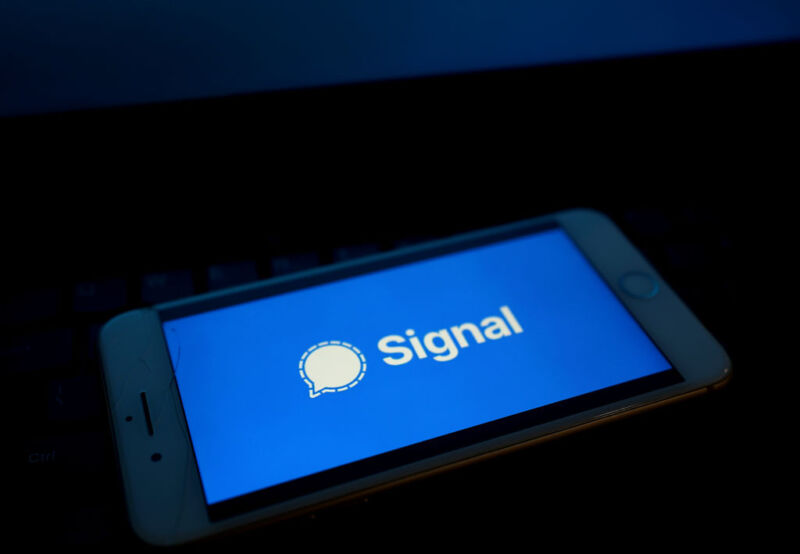The Signal Protocol used by 1+ billion people is getting a post-quantum makeover

Enlarge / The Signal messaging app on a mobile phone. (credit: Getty Images)
The Signal Foundation, maker of the Signal Protocol that encrypts messages sent by more than a billion people, has rolled out an update designed to prepare for a very real prospect that's never far from the thoughts of just about every security engineer on the planet: the catastrophic fall of cryptographic protocols that secure some of the most sensitive secrets today.
The Signal Protocol is a key ingredient in the Signal, Google RCS, and WhatsApp messengers, which collectively have more than 1 billion users. It's the engine that provides end-to-end encryption, meaning messages encrypted with the apps can be decrypted only by the recipients and no one else, including the platforms enabling the service. Until now, the Signal Protocol encrypted messages and voice calls with X3DH, a specification based on a form of cryptography known as Elliptic Curve Diffie-Hellman.
A brief detour: WTF is ECDH?Often abbreviated as ECDH, Elliptic Curve Diffie-Hellman is a protocol unto its own. It combines two main building blocks. The first involves the use of elliptic curves to form asymmetric key pairs, each of which is unique to each user. One key in the pair is public and available to anyone to use for encrypting messages sent to the person who owns it. The corresponding private key is closely guarded by the user. It allows the user to decrypt the messages. Cryptography relying on a public-private key pair is often known as asymmetric encryption.